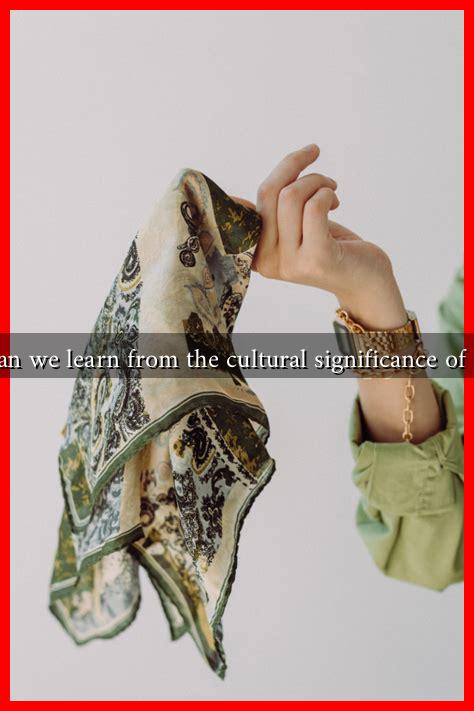-
Table of Contents
What Can We Learn from the Cultural Significance of Veiling?
Veiling, a practice that has been part of various cultures for centuries, carries profound cultural, religious, and social significance. While often viewed through the lens of oppression or liberation, the act of veiling is multifaceted and deeply rooted in the identities of many women around the world. This article explores the cultural significance of veiling, its implications, and what we can learn from it.
The Historical Context of Veiling
Veiling has a rich history that varies across different cultures and religions. It is often associated with Islamic traditions, but its roots can be traced back to ancient civilizations. For instance:
- In ancient Mesopotamia, women wore veils as a sign of modesty and respectability.
- In ancient Greece, veiling was a symbol of a woman’s marital status and social standing.
- In the early Christian church, veiling was practiced as a sign of piety and submission.
Understanding this historical context helps to dismantle the monolithic view of veiling as merely a religious obligation. Instead, it reveals a complex interplay of social norms, cultural practices, and personal choices.
Veiling as a Symbol of Identity
For many women, veiling is not just a religious requirement but a powerful symbol of identity. It can represent:
- Religious Faith: For Muslim women, wearing a hijab or other forms of veiling can signify their devotion to God and adherence to Islamic teachings.
- Cultural Heritage: In various cultures, veiling is a way to express one’s ethnic identity and connection to cultural traditions.
- Personal Empowerment: Some women choose to veil as an assertion of their autonomy, reclaiming the narrative around their bodies and choices.
For example, in countries like Turkey and Iran, the hijab has been a focal point of political and social discourse, symbolizing broader struggles for women’s rights and personal freedoms. In Turkey, the ban on headscarves in public institutions was seen as a violation of personal freedoms, leading to significant protests and discussions about secularism and religious expression.
The Global Perspective on Veiling
Veiling practices are not limited to Muslim women. Various cultures around the world have their own forms of veiling, each with unique meanings. For instance:
- In India: The practice of wearing a dupatta or chador can signify modesty and respect in certain communities.
- In Ethiopia: The traditional shamma is worn by women as a cultural identity marker.
- In Western fashion: The use of veils in bridal attire symbolizes purity and tradition.
These examples illustrate that veiling transcends religious boundaries and can be a significant aspect of cultural identity across the globe.
Contemporary Debates and Misunderstandings
The discourse surrounding veiling is often polarized, with some viewing it as a symbol of oppression while others see it as a form of empowerment. This dichotomy can lead to misunderstandings and generalizations. Key points to consider include:
- Media Representation: The portrayal of veiling in Western media often lacks nuance, focusing on stereotypes rather than individual stories.
- Feminist Perspectives: Feminists are divided on the issue; some argue that veiling is a patriarchal imposition, while others advocate for the right to choose.
- Legal Implications: Laws banning veiling in certain countries can infringe on personal freedoms and religious rights.
Engaging with these debates requires a deeper understanding of the cultural contexts and personal narratives behind the practice of veiling.
Conclusion: Embracing Diversity and Understanding
The cultural significance of veiling offers valuable insights into the complexities of identity, autonomy, and tradition. By recognizing the diverse meanings behind veiling, we can foster a more inclusive dialogue that respects individual choices and cultural heritage. As we navigate contemporary discussions about veiling, it is essential to approach the topic with empathy and an open mind, acknowledging that for many women, veiling is a deeply personal and empowering choice.
In summary, the lessons we can learn from the cultural significance of veiling include:
- The importance of historical context in understanding cultural practices.
- The role of veiling in shaping personal and collective identities.
- The need for nuanced discussions that transcend stereotypes and generalizations.
By embracing these lessons, we can contribute to a more respectful and informed conversation about veiling and its place in our diverse world.
For further reading on the topic, you can explore resources from BBC News and Al Jazeera.

